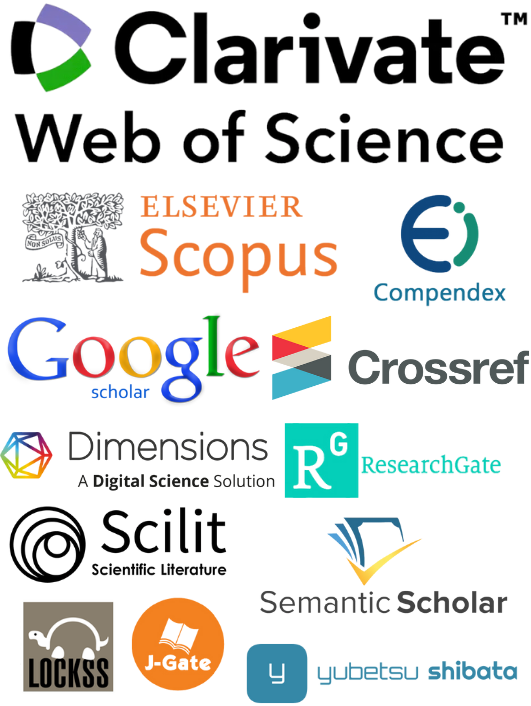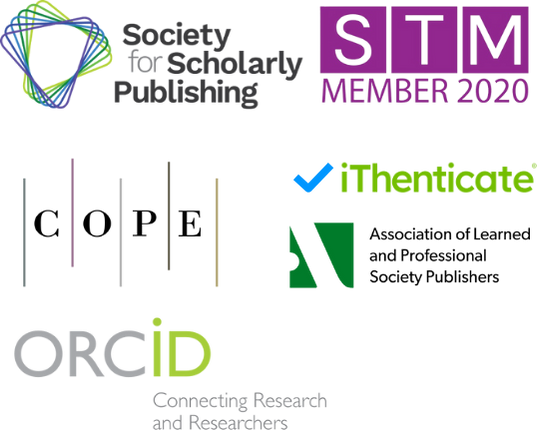Innovative Applications and Developments of Generative Artificial Intelligence in Natural Language Processing
DOI:
https://doi.org/10.71222/pkrvt716Keywords:
generative artificial intelligence, natural language processing, language models, text generation, machine translation, multimodal learningAbstract
Generative artificial intelligence (AI) has significantly advanced the field of natural language processing (NLP), enabling machines to understand, generate, and interact in human language with unprecedented fluency and adaptability. This paper explores the technical foundations of generative AI, including neural networks, the evolution of language models, and the emergence of large-scale pre-trained architectures such as GPT, BERT, and T5. It further analyzes representative applications in NLP, such as automatic text generation, intelligent dialogue systems, neural machine translation, and code generation. In addition to showcasing real-world case studies, this study addresses key challenges, including model generalization, ethical concerns, computational demands, and multilingual adaptation. Finally, the paper discusses future directions such as multimodal integration, controllable and personalized generation, few-shot learning, and the convergence of generative AI with human-like intelligence. These developments point toward a future where generative models not only enhance language-based tasks but also contribute to the evolution of communication and knowledge creation across various domains.
References
1. A. A. S. Ali and V. K. Shandilya, “AI-Natural Language Processing (NLP),” Int. J. Res. Appl. Sci. Eng. Technol., vol. 9, no. 8, pp. 135–140, 2021, doi: 10.22214/ijraset.2021.37293.
2. K. H. Chang, “Natural language processing: Recent development and applications,” Appl. Sci., vol. 13, no. 20, p. 11395, 2023, doi: 10.3390/app132011395.
3. R. Miikkulainen et al., “Evolving deep neural networks,” in Artif. Intell. Age Neural Netw. Brain Comput., Academic Press, 2024, pp. 269–287, doi: 10.1016/B978-0-323-96104-2.00002-6.
4. C. C. Aggarwal, Neural Networks and Deep Learning, vol. 10, no. 978. Cham: Springer, 2018, p. 3. ISBN: 9783031296420.
5. B. Feng, D. Liu, and Y. Sun, “Evolving transformer architecture for neural machine translation,” in Proc. Genet. Evol. Comput. Conf. Companion (GECCO), Jul. 2021, pp. 273–274, doi: 10.1145/3449726.3459441.
6. M. Z. Zaki, “Revolutionising translation technology: A comparative study of variant transformer models–BERT, GPT and T5,” Comput. Sci. Eng. Int. J., vol. 14, no. 3, pp. 15–27, 2024, doi: 10.5121/cseij.2024.14302.
7. G. Bansal, V. Chamola, A. Hussain, M. Guizani, and D. Niyato, “Transforming conversations with AI — A comprehensive study of ChatGPT,” Cogn. Comput., vol. 16, no. 5, pp. 2487–2510, 2024, doi: 10.1007/s12559-023-10236-2.
8. B. Paul, “Advancements and perspectives in machine translation: A comprehensive review,” in 1st Int. Conf. Recent Innov. Comput., Sci. & Technol., Sep. 2023, doi: 10.2139/ssrn.4562254.
9. C. Uddagiri and B. V. Isunuri, “Ethical and privacy challenges of generative AI,” in Generative AI: Current Trends and Applications, Singapore: Springer Nature Singapore, 2024, pp. 219–244. ISBN: 9789819784592.
10. C. Xiao, R. Xie, Y. Yao, Z. Liu, M. Sun, X. Zhang, and L. Lin, “Uprec: User-aware pre-training for recommender systems,” arXiv preprint arXiv:2102.10989, 2021, doi: 10.48550/arXiv.2102.10989.
11. J. Oza and H. Yadav, “Enhancing question prediction with FLAN T5 — a context-aware language model approach,” ESS Open Archive, Dec. 2023, doi: 10.22541/au.170258918.81486619/v1.
12. L. Y. Leong, T. S. Hew, K. B. Ooi, G. W. H. Tan, and A. Koohang, “Generative AI: Current status and future directions,” J. Comput. Inf. Syst., pp. 1–34, 2025, doi: 10.1080/08874417.2025.2482571.
Downloads
Published
Issue
Section
License
Copyright (c) 2025 Wei Zhang (Author)

This work is licensed under a Creative Commons Attribution 4.0 International License.


